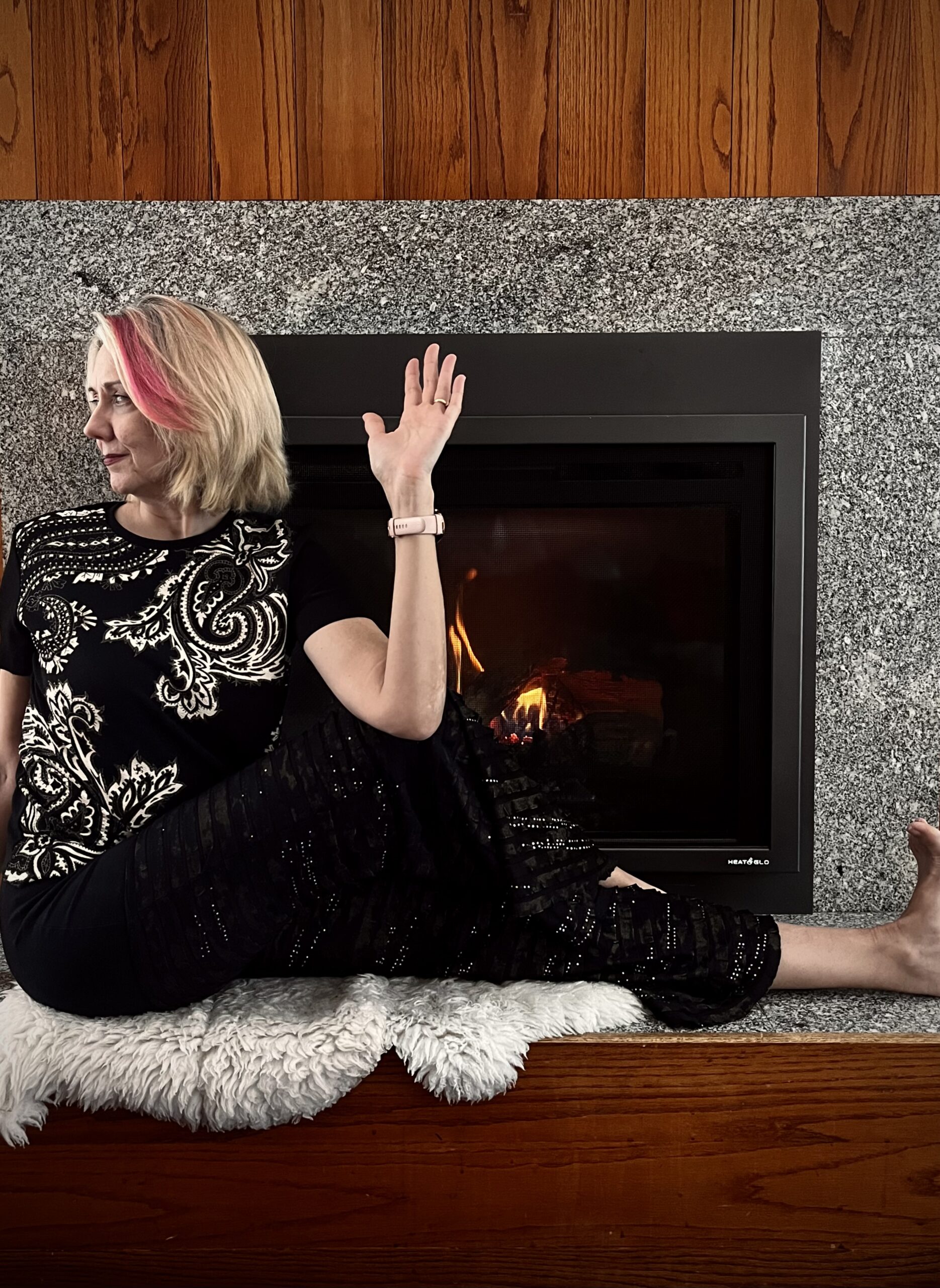Kamakura: a cooler Kyoto?
I had my first meditation experience in Kyoto during college. I was sitting still in total silence, possibly for the first time in my life, mesmerized by snowflakes falling in the zen rock garden Ryonanji. Our intrepid Professor Braulick of St. Olaf took the initiative to offer the first study abroad to Japan from a Minnesota college. Had it not been for those miraculous moments on a freezing January day when 24 college kids managed to simultaneously shut up and appreciate the rare treat of having a World Heritage Site to ourselves, I don’t think I would be writing this.
I managed to return to Kyoto some years later during peak season when I was working in Japan back in the 1990’s. It was disappointing and about as “mystical” as Epcot Center. Throngs of tourists elbowing to the front for photos–and that was before the selfie.
My last trip to Japan, I passed on Kyoto for reasons of crowds, cost, and time. Moreover, my teen traveling companion was more interested in pop culture than high culture, understandably. That said, we did visit another ancient capital, this one much closer to Tokyo, often heralded as “The Kyoto of the East.”
Here’s my not-so-short list of reasons to visit Kamakura:
- It’s where zazen, seated zen meditation landed in Japan. Monks from the area traveled to China (circa 1200) to learn from zen masters and brought the practice to Kamakura where it was first embraced by the samurai class. They practiced a rigorous, disciplined version. Later, in the 1300’s, a kinder, gentler version was brought over for “the peasants,” known as Soto Zen. Soto Zen is described as, “Meditation with no objects, anchors, or content. The meditator strives to be aware of the stream of thoughts, allowing them to arise and pass away without interference.” Sound familiar? Do you think zazen is some mysterious practice? It’s not, silly — you “peasants” do it at the conclusion of every class when we steady ourselves in a sitting position! It’s just old-school seated meditation, with roots back to India. In fact, the word zen is derived from dhyana, which is a Sanskrit word for meditation and appears in the Yoga Sutras (last stop before Samadhi) and in the Bhagavad Gita when Krishna describes it as the yoga of meditation.
- Kamakura is a samurai town. When the Mongols were set to invade in the late 1200’s, the court of high-maintenance aristocrats in Kyoto would have caved and Japan would have been part of China! The tough guy Samurai of Kamakura were the ones who rallied resistance with their southern flank in Kyushu to defend the country. They sent a strong message by beheading the Mongol navy seal team. Then, the “divine wind,” or kamikaze turned up in the nick of time to wipe out the other 150,000 invaders.
- Kamakura has the same layout and design as Kyoto since the Daimyo (lord) who designed it was born in Kyoto.
- Kamakura is a beach town–it’s close to the ocean on the Shonan Coast, where surfing and the surfing lifestyle was first introduced to Japan back in the 60’s. It’s known for its laid-back lifestyle, thrashing waves, and great seafood. I much enjoyed eavesdropping on a teenager in line with me for coffee in the AM; he was clearly cutting class arguing on the phone with his Dad about why the day was better for surfing than schooling!
- The Great Buddha at Kamakura is amongst the best big bronze Buddhas (more beautiful than Nara’s, which may be more famous). It was cast in the 1300’s and has survived all sorts of calamities, including earthquakes, floods, and fires. What didn’t survive: the hall that encased it. Finally, it was left out in the open, so you can get a good look at it. Rudyard Kipling even wrote a poem about it, with stanzas appearing in one of my favorite books, Kim.
Indeed, we “feel the soul of all the East” in Kamakura and in Japan in general. So much of Asia has washed up on its shores, like sea glass. The origins are distant yet familiar, cloudy yet with some discernable details. The edges have been refined by a people who believe in perfecting everything from serving tea to handing out business cards. My proudest homeschooling moment was reading this longtime favorite poem of mine on the train with my daughter enroute to see the statue. No trip to Japan is complete without a visit to Kamakura and the Shonan coast–both are part of the YogaHotDish Japanic! Retreat: Finding Peace in Chaos.
And whoso will, from Pride released,
Contemning neither creed nor priest,
May feel the Soul of all the East
About him at Kamakura.
A tourist-show, a legend told,
A rusting bulk of bronze and gold,
So much, and scarce so much, ye hold
The meaning of Kamakura
~ Rudyard Kipling









